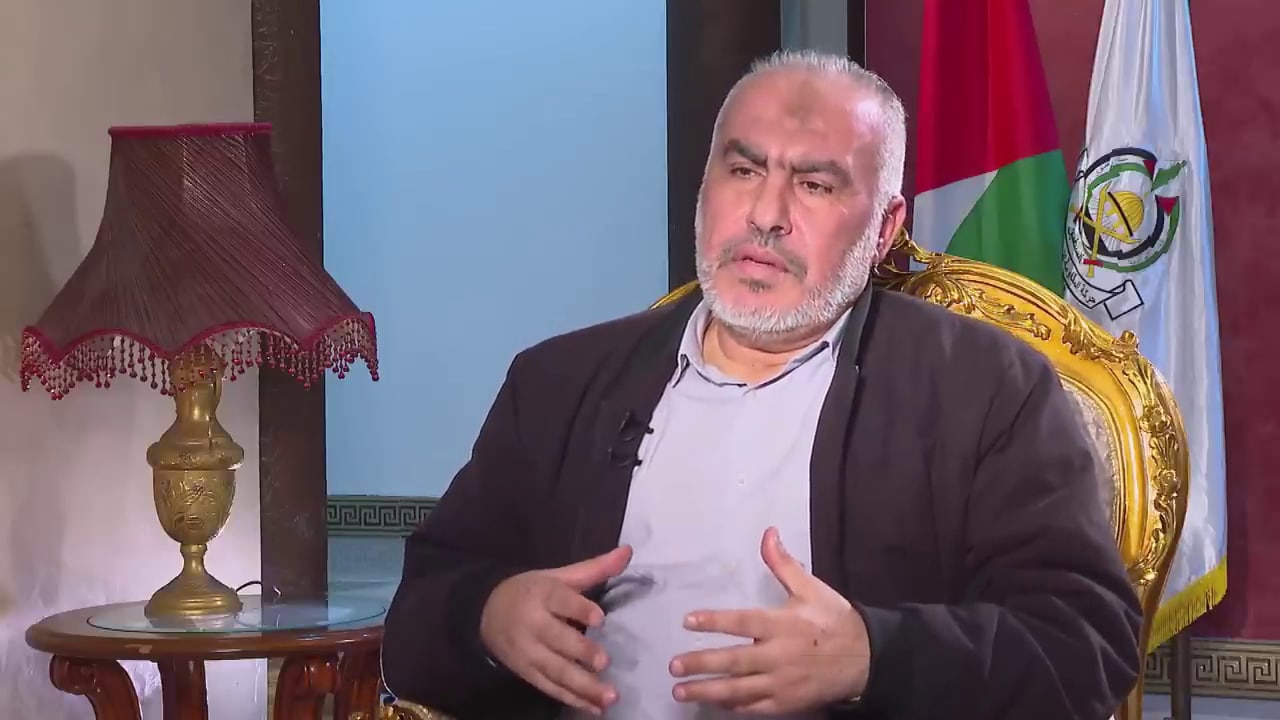
Ali Akbar Salehi, the Head of the Atomic Energy Organization of Iran (AEOI), said in a November 4, 2019 interview on IRINN TV (Iran) that Iran has activated 30 IR6 centrifuges, that its production capacity has increased from 6,000 SWU to 8,660 SWU in the past two months, that its uranium production has increased from 450 grams per day to over 5,000 grams per day, that Iran is injecting UF6 gas into a middle chain of IR6 centrifuges, and that Iran has managed to create an ideal cascade in recent weeks. He explained that Iran was not supposed to have a chain of 30 IR6 centrifuges for another three or four years. In addition, Salehi said that Iran has unveiled a prototype IR9 centrifuge, that a second IR9 centrifuge that will go into testing phases will be delivered in two to three months, that it would take at least ten years for Iran to be able to mass produce IR9 centrifuges, and that there are currently three working IR8 centrifuges, which he said had taken eight years to produce. Later in the interview, Salehi said that the AEOI’s greatest achievement in the past four or five years has been the production of design software and the scientific documentation of Iran’s centrifuges. He elaborated that complex codes for the monitoring and calculation of gas and rotor dynamics have been written and that Iran can begin enriching uranium to 20% in four days or less if the order is given. Furthermore, Salehi said that Iran produces 20 tons of heavy water per year. Claiming that Iran’s heavy water is of high quality and that there is a good market for heavy water, Salehi said that Iran also uses the heavy water for other purposes and that it might ultimately sell products made using heavy water instead of raw heavy water.
Following are excerpts:
Ali Akbar Salehi: Today, we are witnessing the activation of a chain of 30 IR6 centrifuges.
[…]
The activities of the AEOI were never stopped and have never slowed down. Otherwise, we could not have added, within two months, over 2,660 SWU to our current operational capacity of 6,000 SWU. In other words, we now have a capacity of 8,660 SU. Our uranium production, which had been 450 grams per day prior to the third step, has now reached more than 5,000 grams per day. It has grown tenfold.
[…]
Today, we have three symbolic inaugurations. We are injecting [UF6] gas into a middle chain of 30 IR6 centrifuges. Before, we had a chain of 20 IR6 centrifuges that were installed on April 9, and before that we had a chain of 10 [centrifuges].
[…]
All in all, we now have 60 IR6 machines, each with a capacity of 60 SWU. So these 60 machines alone added 600 SWU. We weren’t supposed to have a chain of 30 centrifuges. This was meant to happen when the work on the chain of 20 was supposed to be done, with the completion of the necessary tests – in order words, 3-4 years. However, we were facing a political challenge, and the instructions from the senior officials were that we must demonstrate this and show that the potential capability and willpower of the Islamic Republic are such that if only it wants, it can turn these capabilities into a reality.
[…]
Interviewer: With regard to the IR9 centrifuges, you said that one is ready. How much time it takes…
Ali Akbar Salehi: What we built today is a prototype, which we unveiled… In 2-3 months, we will deliver a second model, which will go into the testing phases.
[…]
In order to reach mass production of IR9 centrifuges – assuming our R&D advances at a natural pace – it will take at least 10 years.
[…]
IR8 was the latest centrifuge model, and we started its conceptual design in 2011, during the negotiations. When we conducted the JCPOA negotiations, we agreed that we would continue the work on this model. So we built one, and today we have three working IR8 centrifuges. We’ve been working on it for 8 years, from 2011 to 2019, and we only have three. The mechanical production process o these centrifuges is not yet completed. We still have a lot of work.
[…]
The pit in Natanz is between 17 and 18 meters underground, and it can only hold 40,000 centrifuges. If we were to use the IR1 model, we could only fit 40,000 machines there.
[…]
The IR1 centrifuges have a capacity of 1.2 SWU. Like you said, if we wanted to reach 190,000 SWU, we would have had to build 170,000 or 180,000 such machines. There is no room in the pit for all this. This is why we had to bring them above ground and store them in silos.
[…]
If you were to ask me what is the greatest thing we did in the past 4-5 years, my answer would not be the building of the centrifuges. People always think that you have to go and build something. No. It is the production of design software and scientific documentation of the centrifuges. Every centrifuge has about 2,500 scientific documents.
[…]
The centrifuges that we are currently designing have a software written for gas dynamics [inside the centrifuge].
[…]
They wrote [a code] of 200,000 lines to monitor the gas dynamics.
[…]
One must also calculate the dynamics of the rotor. A 90,000-line code was written to calculate the rotor dynamics.
[…]
Our people have now managed to arrange the cascade in a manner that is close to ideal cascade. This was not an easy feat. With the grace of Allah, they have accomplished this ideal cascade in recent weeks. This has very valuable characteristics. With your permission, I won’t be talking about this right now. Ultimately, this is one of our secrets – but we have accomplished an ideal cascade. With regard to your question about the [enrichment of uranium] to 20% - if we go by the old method and if we are given the order, we can easily take the necessary measures within 3-4 days at the most, and start the process of enrichment to 20%. But there are also shortcuts, and allow me not to get into this.
Interviewer: One of the subjects…
Ali Akbar Salehi: But it was a good question, and you made me reveal a certain secret.
[…]
Interviewer: What do we do with the heavy water from Arak?
Ali Akbar Salehi: We produce 20 tons per year. Our reservoirs have about 128 tons, but we also sell it. We have found a good market for heavy water.
Interviewer: The Americans are not buying it. Are we selling to other countries?
Ali Akbar Salehi: The Americans would have very much liked to buy our heavy water.
Interviewer: But Trump forbade it.
Ali Akbar Salehi: Right. And he also forbade others to buy from us. This is very strange. Others are buying our heavy water and need it. We are also selling our heavy water so as not to lose our market. We have competition, but our heavy water is the best kind. The Savannah River [National Laboratory] – one of the American labs – mentioned this. On top of that, in Iran we use heavy water for other purposes, thus creating additional value. Perhaps in the coming years, we won’t be selling heavy water in raw form. We can transform it into déuteré… It’s like oil. It’s like selling oil derivatives instead of selling the oil itself. You transform the oil into gasoline or something else and sell it.
Interviewer: Is it possible that as part of the reduction of the commitments, and since the Majles has not ratified the Additional Protocol, we may exert pressure on the Western countries, and say that the Majles must ratify it first, and only then we can continue to implement it?
Ali Akbar Salehi: You mean puling our of the Additional Protocol now?
Interviewer: After all, we are implementing it voluntarily. We can tell them that we will no longer do this voluntarily.
Ali Akbar Salehi: Yes, the Islamic Republic can do this, because it [implements it] voluntarily. The Majles must ratify it, and it hasn’t. These decisions are to be made by the senior officials, and the committee supervising the JCPOA.

















